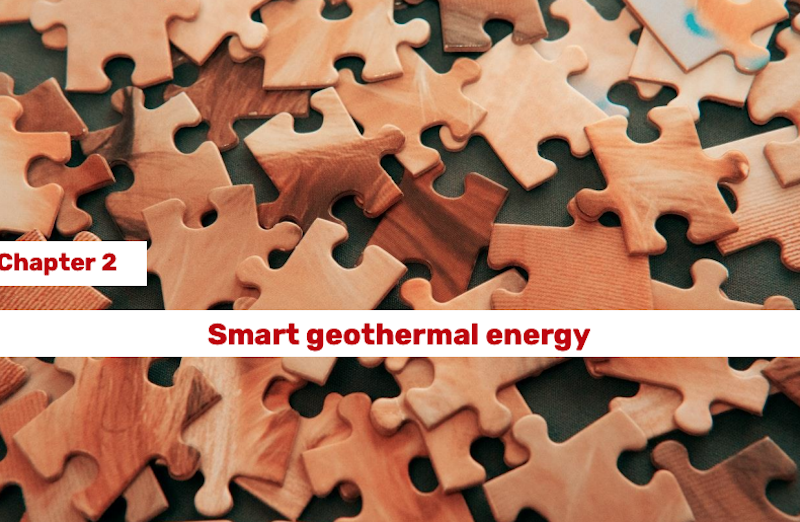EGEC on how the multiple benefits of geothermal should be part of smart sectoral integration
EGEC's position paper on the many benefits of geothermal energy in the smart sectoral integration as part of the EU's planned Green Deal highlight the fact that geothermal can and should be integral part of the EU's energy mix in the future and part of the Green Deal.
The European Commission deemed a ‘Smart Sector Integration’ plan essential to a successful European Green Deal.
The intention is to maximise technological and policy synergies in the decarbonisation of one sector with others to accelerate attainment of zero-carbon emission buildings, mobility and power generation before 2050. Geothermal energy provides the ‘smart’ element in this plan. Smart geothermal energy provides reliable quantities of renewable heating, cooling, baseload electricity and lucrative raw materials such as lithium, which is central to electro-mobility. Once installed, it has minimal running costs making it one of the most cost-effective solutions for smart sectoral integration.
The combination of baseload renewable energy and geothermal lithium is the only mitigation solution which provides a substantial new income stream making decarbonisation profitable as well as good for the climate. Therefore, the EU’s policy architecture needs to be upgraded to better integrate this potential.
On how this can be done is described in a position paper released by the European Geothermal Energy Council (EGEC) last month. Document can be downloaded here (pdf)
The EU’s heat, cooling, electricity and mobility sectors need to be redesigned around various geothermal applications. Geothermal is a mature technology. Like other renewable energy solutions, its largest cost centres on upfront investment. About 30-50% of the cost of geothermal electricity and heat grids arise from the cost of drilling.ii The challenge for policy makers is to bring down these costs through four measures: reducing demand for oil and gas extraction, aggregating risk insurance, mapping heat and lithium reservoirs, and standardising drilling licensing process.
In the case studies highlighted in the paper, EGEC provides examples in which smart geothermal heating, cooling, electricity and lithium are central to effective sectoral integration
Source: EGEC


















